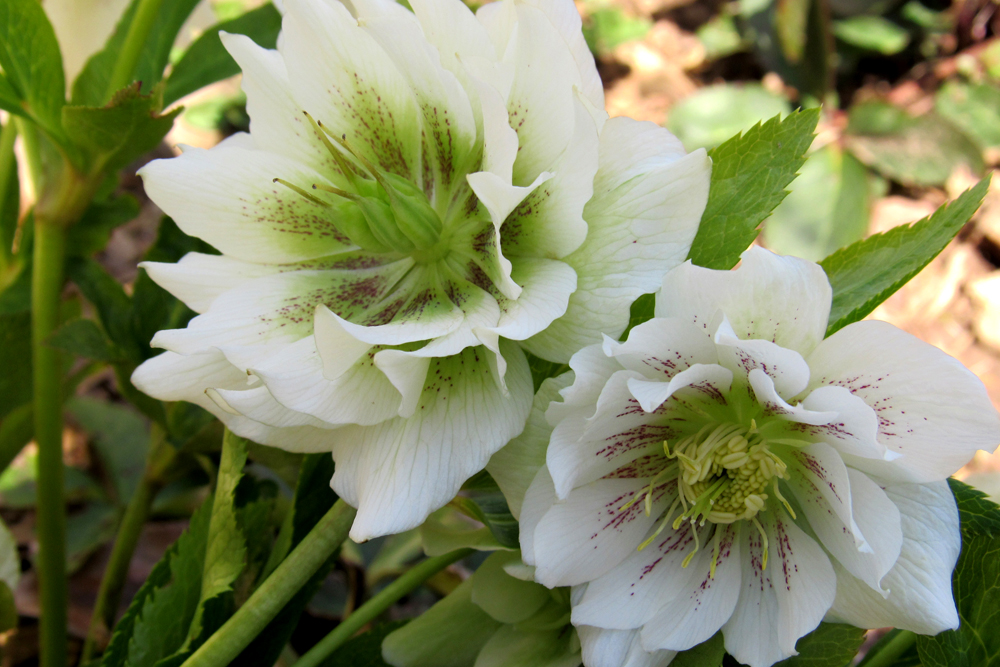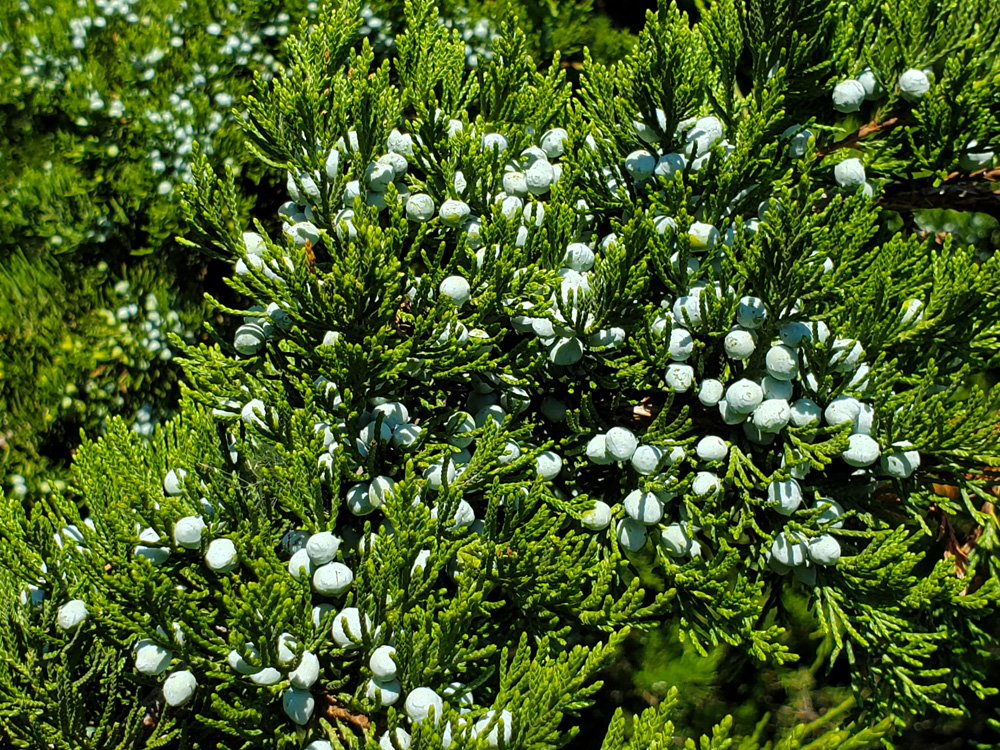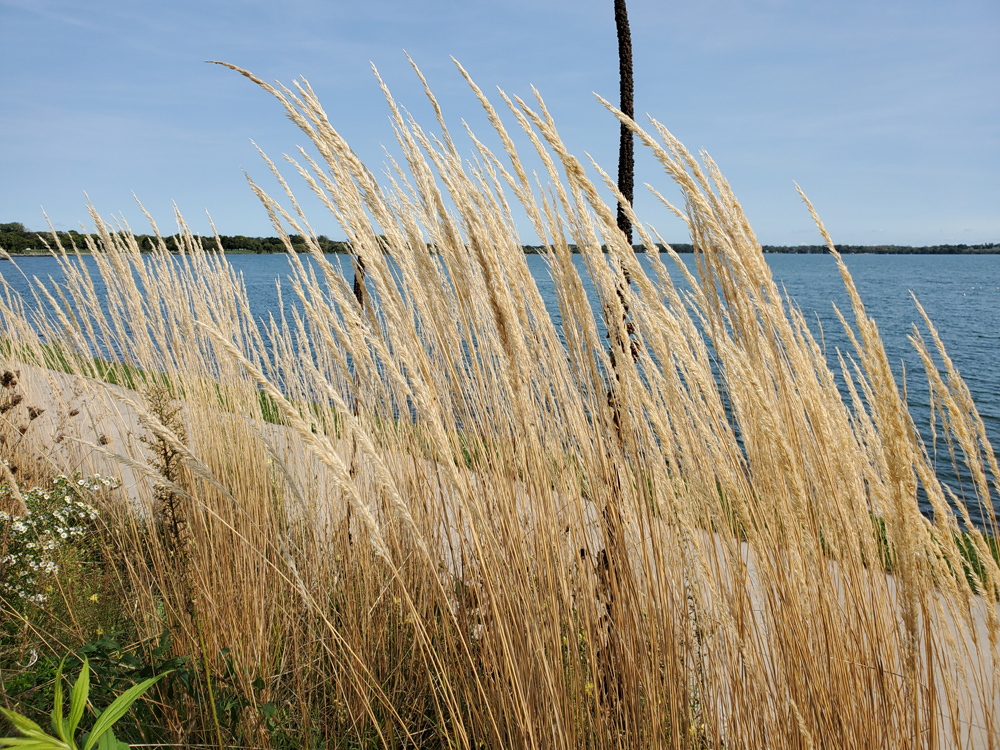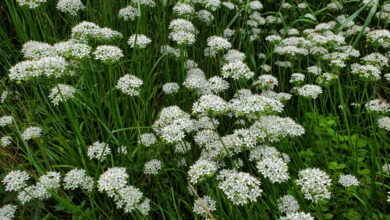The Lenten Rose

With the recent start of the Lenten season leading up to the celebration of Easter, I’ve been thinking about the Lenten Roses still hidden under snow in my garden (as I write this column) and how much I am looking forward to seeing their blooms again this spring.
The plants I have were a very special gift from a dear friend a couple of years ago and they have done very well where I planted them. The Lenten Rose, so-called because it is one of the first perennials of the year to bloom, is also known as the “hellebore” from the genus name (Helleborus).
If you are looking for a great plant for shade, hellebores might be an ideal choice for you. Hellebores were chosen as the Perennial Plant of the Year back in 2005 by the Perennial Plant Association. That means they are suitable for a wide range of climates, are easy to care for, easily propagated and show multi-season interest.
According to the University of Vermont Department of Plant Science, there are about 15 species of hellebores, with four more commonly found, including the Lenten Rose (orientalis) and the Christmas Rose (niger). The Christmas Rose blooms very early in places with mild climates like Britain.
Hellebores are native to southern and central Europe and are often found in mountainous areas with stony, clay soils. It grows best in shade to partial shade in moist, well-drained soil with lots of organic matter. Hellebores need good drainage, so if drainage is poor, you might want to build up the bed where you plant. Be careful not to mulch the plant too excessively or cover too deeply with compost as this can lead to rot.
My hellebores typically bloom in April, but in milder regions, they bloom as early as February. Blooms can last up to two months, with plants producing more and more flowers each year. The flowers (actually the sepals) gently nod and come in a range of soft colors including shades of white, rose, green and purple. Some hybrids have spotted flowers and others are double, bi-color or streaked.
After the flowers fade, interesting seed pods form and because hellebores have very attractive foliage, they look beautiful in the garden throughout the growing season. University of Illinois Extension says it is best to leave plants in place and allow the clumps to grow larger each year. The plants can reseed themselves throughout your garden, but are not aggressive. They can be used as specimen plants, in mass, or as a ground cover. Hellebores look great along the edge of shady border plantings and can be mixed with spring-blooming bulbs for an early season show. Additionally, the foliage looks beautiful with other shade lovers like ferns and hostas.
One final note – some people can develop a mild skin irritation from prolonged exposure on bare skin. You might want to use gloves when tending to the plants. For that same reason, Lenten Rose is also a deer resistant plant.







